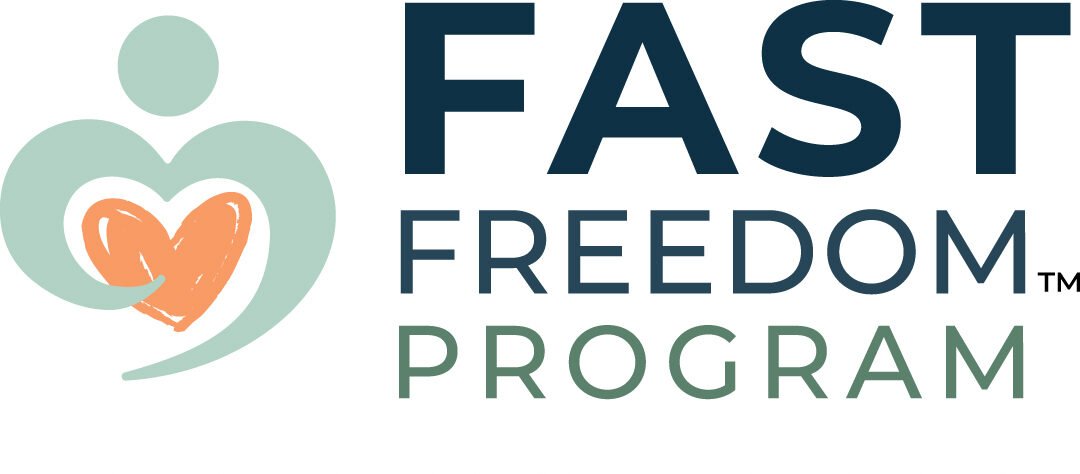Elimination Diets: Best Practices to Minimize Food and Symptom Hypervigilance
Elimination Diets: Best Practices to Minimize Food and Symptom Hypervigilance
The course is designed specifically for professionals who recommend or teach elimination diets (focus on adult population).
Participants will learn to:
Funding for this educational activity was provided by Genentech. This activity is not being offered for CME but will follow standards of adult education, will focus on scientifically sound education, and will remain free of commercial bias.


Course Content
Background
Welcome
You don't currently have access to this content
Abbreviations
You don't currently have access to this content
What is an Elimation Diet?
You don't currently have access to this content
Food and Symptom Hypervigilance (FS-H)
You don't currently have access to this content
How can EDiets Impact FS-H
You don't currently have access to this content
Conditioned Food Avoidance & Sensitivity
You don't currently have access to this content
The C-FAST Cycle
You don't currently have access to this content
Consequences of Being Stuck in the C-FAST Cycle
You don't currently have access to this content
ARFID
You don't currently have access to this content
Summary
You don't currently have access to this content
Test Your Learning – Background Module
You don't currently have access to this content
Is an Elimination Diet Suitable for My Client?
Why Assess Before Recommending an Elimination Diet
You don't currently have access to this content
Validated Screening Tools for FS-H
You don't currently have access to this content
Exploratory Questions
You don't currently have access to this content
Red Flags That an EDiet May Not Be Appropriate
You don't currently have access to this content
Proceeding with an EDiet or Not
You don't currently have access to this content
Test Your Learning – Is an EDiet Suitable?
You don't currently have access to this content
Positive Language When Discussing Elimination Diets
Importance of Language
You don't currently have access to this content
Communicate Theories as Experimental
You don't currently have access to this content
Keep Your Personal Beliefs/Perceptions from Impacting Your Communication
You don't currently have access to this content
Minimize Off-Handed Comments
You don't currently have access to this content
Do Not Create or Promote “Foods You Should Not Eat for ___________” Lists
You don't currently have access to this content
Avoid Categorizing Foods with Binary Language
You don't currently have access to this content
Limit Fear-Based Words
You don't currently have access to this content
Test Your Learning – Positive Language
You don't currently have access to this content
Other Considerations During the EDiet Process
Before Starting an Elimination Diet
You don't currently have access to this content
During the Elimination Diet
You don't currently have access to this content
During Food Challenges
You don't currently have access to this content
Maintenance Diet
You don't currently have access to this content
Test Your Learning- Other Considerations
You don't currently have access to this content
Summary
You don't currently have access to this content
Final Evaluation
You don't currently have access to this content
Additional Resource
References
You don't currently have access to this content
Further Resources
You don't currently have access to this content
